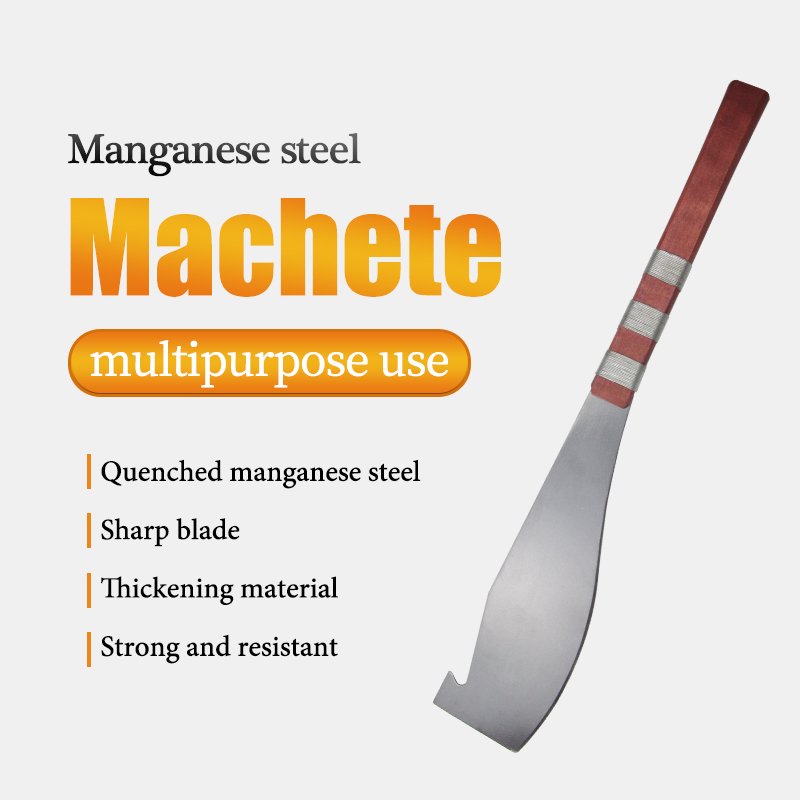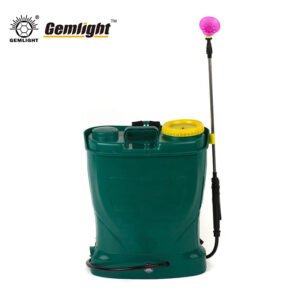Machete Cane Tools Built for Sugarcane Harvesting
1. Why Machete Cane Tools Remain Essential in African Sugarcane Farming
In many parts of Africa, sugarcane farming remains a vital source of income for smallholder farmers and large plantations alike. Despite technological advancements in mechanized harvesting, machete cane tools continue to be an indispensable part of daily agricultural operations. The reason lies not in resistance to change, but in the practicality and cost-effectiveness of these tools across varied African landscapes.
Most sugarcane farms in Sub-Saharan Africa operate in regions with uneven terrains, limited access to large-scale machinery, and fluctuating labor availability. Machete cane tools provide flexibility in such conditions, enabling farmers to carry out precise cutting, sectioning, and bundling of cane stalks. Additionally, for smallholder farmers who work in compact plots or practice intercropping, large harvesting machines are not economically viable—further reinforcing the utility of handheld tools.
Moreover, the machete is not just a cutting device—it becomes a multi-functional tool that supports day-to-day tasks including weeding, pruning, and clearing brush. It adapts well to tropical climates, requires minimal maintenance, and can last for years when built with the right materials. For communities where farming is labor-intensive, reliable cane machetes increase productivity while maintaining affordability.
Ultimately, the use of traditional machete cane tools in Africa reflects a balance between heritage, efficiency, and adaptability. As the sugarcane industry continues to grow in countries like Kenya, Nigeria, and Uganda, the need for durable, purpose-built cutting tools remains as critical as ever.

2. Key Features to Look for in a Quality Cane Knife Machete
When selecting a cane knife machete for sugarcane harvesting, especially in demanding agricultural environments like those in Africa, buyers must consider more than just price. A high-performance cane machete should offer durability, ergonomic handling, and optimized cutting performance to suit long hours in the field.
First and foremost, blade quality is paramount. A good cane knife machete is usually made from high-carbon or heat-treated steel, offering resistance against corrosion and repeated impacts. The blade length typically ranges from 18 to 24 inches to strike the right balance between reach and control. Additionally, a slightly curved or straight edge blade allows for quick, downward slicing motion without damaging the cane or exhausting the user.
Another essential feature is the handle design. Non-slip, ergonomic handles made from hardwood or polypropylene offer comfort during extended use, which is especially important in hot and humid conditions. Shock absorption and hand protection should not be overlooked, as they directly affect worker safety and productivity.
Weight distribution is also a key factor. A well-balanced cane knife machete reduces user fatigue and enhances efficiency. For cutting thick stalks, a heavier blade near the tip can generate more force with each swing, while a lighter, slimmer profile may be ideal for faster-paced work.
Finally, buyers should look for machetes that allow for easy sharpening and offer edge retention over time. A poorly sharpened blade not only decreases productivity but also increases the risk of accidents.
In summary, a quality cane knife machete isn’t just about cutting—it’s about delivering performance, safety, and longevity in the field. For African farmers who rely on these tools daily, each feature contributes directly to successful harvests and sustained agricultural livelihoods.

3. Choosing the Right Cane Cutter Machete for African Field Work
The selection of the right cane cutter machete depends heavily on regional needs, farming scale, and user preference. Across African agricultural zones, different environments call for distinct blade shapes and materials. Understanding these nuances is crucial for distributors and procurement managers seeking reliable tools for sugarcane field work.
In West Africa, where sugarcane is typically harvested in dense fields with tight spacing, farmers tend to favor compact, lightweight cane cutter machetes that allow for precision in tight quarters. A straight-edged blade with a pointed tip often proves effective in slicing close to the base of cane stalks without disturbing surrounding vegetation.
In contrast, East African regions such as Kenya and Tanzania may require more robust cool machetes to cut through thicker cane varieties and brush. Here, a weighted blade design—sometimes with a slightly curved profile—offers the strength to power through mature stalks in a single swing. The added force from the weighted tip increases cutting efficiency in high-volume harvest scenarios.
Furthermore, material choices matter. In humid climates, stainless steel blades with rust-resistant coatings can extend tool life. However, high-carbon steel remains popular for its superior edge retention and lower cost. African distributors often request machetes in bulk that can be easily resharpened on-site using basic tools.
Handle designs must also cater to local preferences. Some farmers prefer traditional wooden handles, while others opt for molded plastic grips that are easier to sanitize and maintain. The handle should accommodate both bare hands and gloves, ensuring versatility under various working conditions.
Choosing the right cane cutter machete is not a one-size-fits-all process. It requires consideration of cane density, farm size, terrain, and end-user habits. Successful suppliers understand these variables and offer tailored solutions that fit the practical demands of African field operations.

4. Our Factory-Direct Cane Cutting Machete Solutions for Africa
At our manufacturing facility, we specialize in designing and producing cane cutting machetes optimized for African agricultural conditions. With years of experience in serving African markets, we understand the challenges local farmers face and provide customized tools that improve productivity and reduce costs.
Our factory-direct cane machetes are forged from high-carbon steel, ensuring long-lasting sharpness and exceptional strength. We offer a range of blade shapes and lengths, including straight, curved, and tapered edges to match the diverse harvesting techniques across Africa. Whether your clients require slim, fast-swinging machetes or heavy-duty cutters for dense cane, we have the solution.
We also provide multiple handle options: kiln-dried hardwood handles for durability, polypropylene handles for moisture resistance, and ergonomic grips for enhanced comfort during long working hours. Each design is tested in field simulations to ensure safety, grip, and balance meet the expectations of professional users.
What sets us apart is our customization capability. Distributors can choose blade thickness, engraving, handle color, packaging, and even regional branding. We understand that market-specific designs enhance user satisfaction and brand loyalty—especially when targeting large plantations or cooperative buyers.
Additionally, our quality control team inspects each shipment to guarantee performance and consistency. With an export-ready production line, we ensure fast turnaround times, competitive pricing, and flexible minimum order quantities.
Whether you are sourcing for retailers, NGOs, or government procurement projects, our cane cutting africa machetes deliver dependable performance and tailored value. We welcome partners looking to expand their reach in the African agricultural tool market with reliable factory-direct supply.




